Waking from the American Dream, 5.
The new emerging paradigm strongly suggests that the earth’s human-sustaining capabilities are limited, at least in the way that we have been behaving. If we were all vegetarians, living simple earth-friendly lifestyles, the earth could support many more of us than our present behavior allows.
Yet, discussion of economics is still being held through the lens of the old paradigm. For example, the New York Times informs us—upon the authority of various economists—that by 2030 India and China will be consuming as much oil as the U.S. and Japan presently do, and that global consumption will be around 115 million barrels a day, up 35% from our present 85 million barrels. Yet many suggest that we are nearing peak oil and cannot produce much more than 90 million barrels a day for any sustained time, a number far from the 115 projected above. From various other sources: over a billion cars are expected on the road by 2020, up from 800 million today. Most of the increase is expected in the developing countries. Meat consumption in developing countries, alone, is to increase 110 million tons by 2030 from its approximately 150 million tons in 2004, an 80% increase.
China already consumes 2.5 times as much steel as the U.S., uses almost half the world’s cement, burns almost twice as much coal as the U.S., consumes 1.5x the grain, twice as much meat, and more buys more cell phones, television sets and refrigerators. It has surpassed Japan as an oil consumer, a (distant) second to the United States. Its economy comprising some billion-plus people continues to grow at near double-digit levels. The other country in the billion-plus club—India—has been experiencing similar growth, albeit from a smaller base. And, in truth, all indicators of global consumption have shown a steady, sometimes punctuated, rise: steel, aluminum, roundwood, grain, television sets, computers, diapers, light bulbs, whatever.
All indicators of consumption are up because the human population has risen 2.5-fold since 1950 and wealth has quintupled. This means that per capita consumption has on average doubled globally. The old economic paradigm suggests we follow this trend indefinitely as the world’s have-nots join the ranks of the haves. And this is where the oil news comes in. The fast rise in oil prices over the past months is being called the world’s first demand-led shock, due to “an unprecedented boom in the world economy.” As more people come on board our spaceship earth, as more people join our party and consume more, the easy energy we are using to fuel this party will become more valuable. The cost of oil will surely rise and fall with the economic vicissitudes, however its long-term prospects are certainly nothing but up.
And this brings us to the phenomenon of our bifurcating human family. The wealthy may be able to keep paying for the high price of oil, but there are billions who will not. Already, many across the world having difficulty financing their farms. High yield strains—the grain crops that provide 2/3 of humanity’s calories—require significant investment in energy for irrigation, fertilizers, pesticides, the farm machinery, and to transport crops off the farm. The trends indicate that the chasm between rich and poor will widen and that we’ll suck every barrel we can from the earth, the rich sucking a lot faster.
China’s proposed future consumption has become legendary. According to the The World Watch Institute’s 2006 State of the World, “In 2005, China used 26% of the world’s crude steel, 32% of the rice, 37% of the cotton, and 47% of the cement.”
That is, the linear economic trends will continue unabated into the future.
